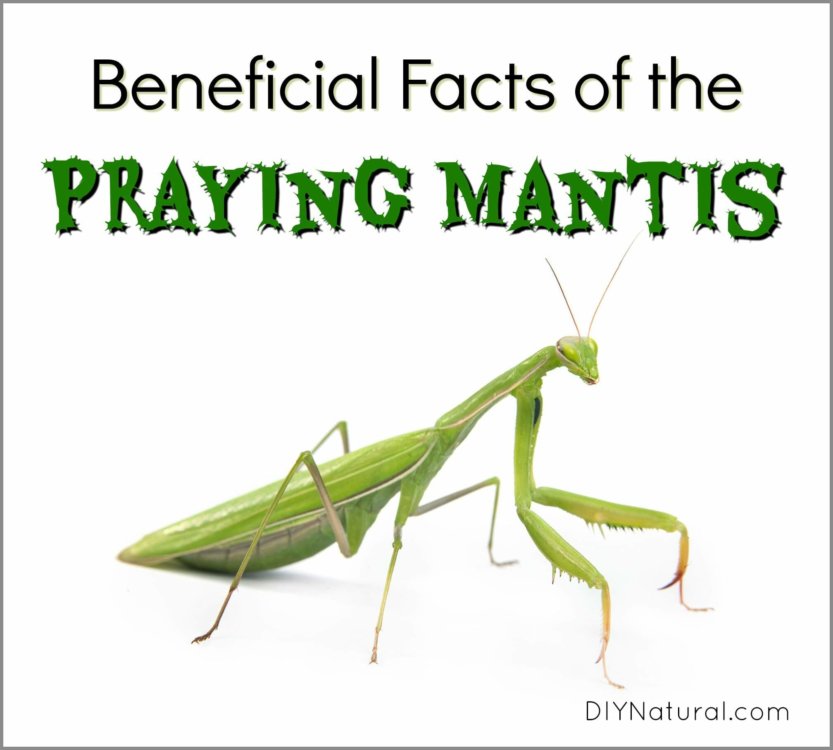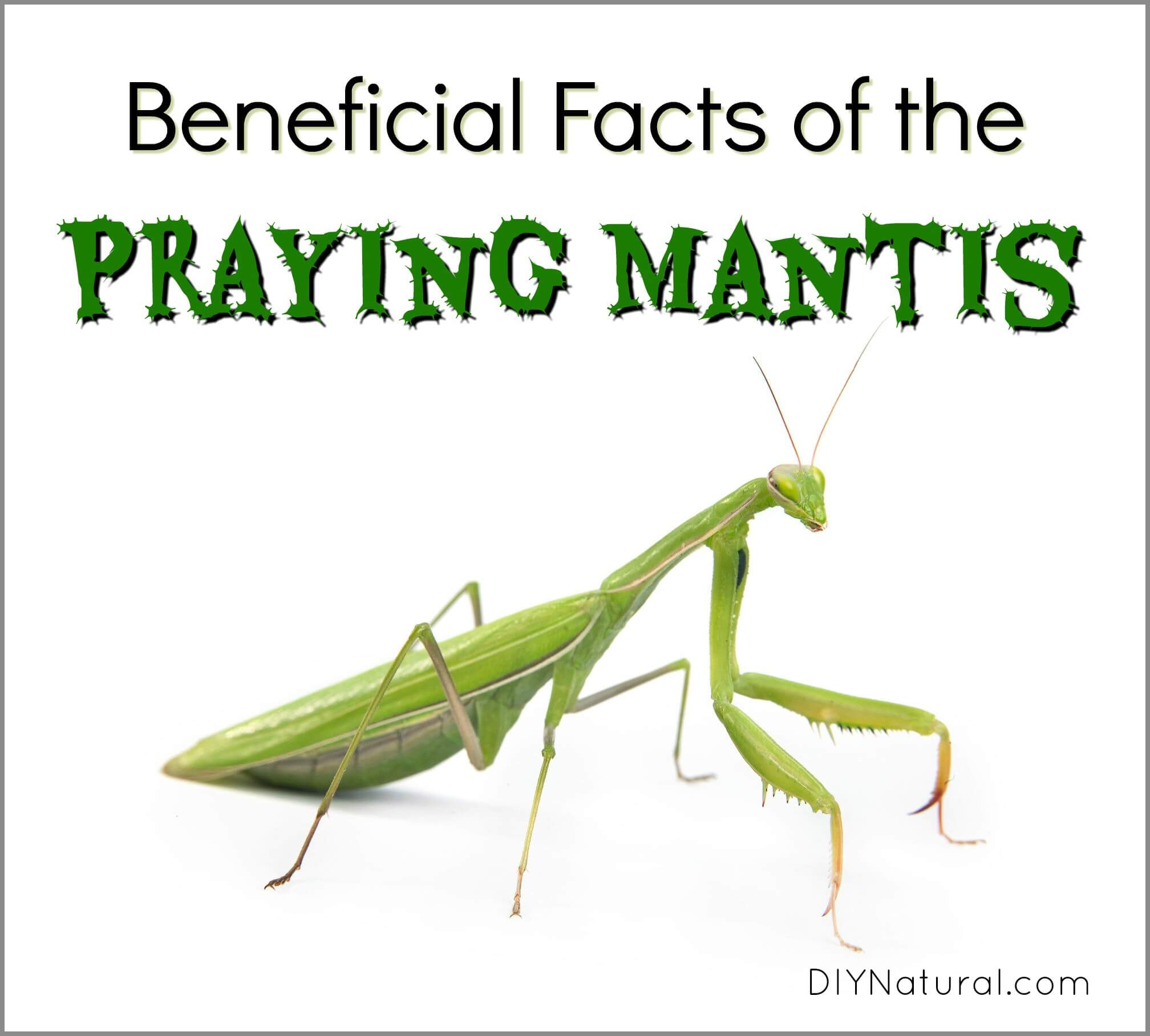
Do you care about praying mantis facts? Good because they were always one of the insects that most fascinated me most as a child.
Praying Mantis Facts
The praying mantis was always one of the insects that most fascinated me growing up. I remember one summer I found an egg case and put it in a jar to watch it hatch. When hundreds of tiny little green specs came flowing out of the nooks and crannies of the egg sac it was a very proud moment.
When I was a kid, it seemed like finding a praying mantis egg sac was a rare thing. This is not an experience my kids will ever have. Here on our farm we are positively bursting at the seams with mantises. You can’t leave the house without coming upon at least a dozen egg cases at every level of vegetation.
I’m proud of this situation, but also a little bit concerned. This is because we are a bee farm, so I often wonder if we aren’t just raising snacks for our hungry army of carnivorous mantids. We’ve also noticed a distinct lack of spring peepers, those little tree frogs that sing at night from the trees, in the past couple years. I think it’s time to thin the population. We’re having our very first herb farm garage sale this year, and among the treasures will be a large selection of sticks with praying mantis egg sacs attached.
Why You Want Praying Mantises In Your Yard
A praying mantis egg sac will typically hold between 100-200 babies inside. When they hatch some will eat others, some will get picked off by larger predators, and some will just not make it. This leaves about ⅕ of the hatch to roam around your flower beds. Here’s what they’ll do – EAT bugs! They love to dine on the following:
- flies
- mosquitos
- moths
- aphids (when they are young mainly)
- leaf hoppers
- grasshoppers
- crickets
- cockroaches
On the negative side, they can also eat honey bees, lizards, small tree frogs, mice, and small birds (including humming birds). The real negative is you don’t get to choose what they eat, so some of the good must come with some of the bad.
They are fascinating to watch and spend time with in the garden. I wouldn’t be without them, but in one 200 square foot garden I found over 100 cases last year. That’s too much! I feel overwhelmed.
Attractive Praying Mantis Facts
These insects prefer an organically grown garden. If you are using chemicals, they are likely to stay away.
They like you to grow tall flowers, shrubs, and trees. They like to perch high above everything to hunt for prey. It seems that they are particularly fond of plants in the rose and apple family.
Finally, you will encourage mantises in your garden by being less tidy. Leaving tall plant stalks over winter give the female mantid a place to lay her eggs safely above the ground.
Buying and Hatching Mantids for Your Yard
There are many places online that sell the egg cases ready for you to hatch. (Find them here.) To do so, simply tie the case, or the stick to which it’s attached, up somewhere above the ground. A tree or shrub branch is a great place to choose. Keep your egg case in the fridge if you can’t put it outside right away. The warmth of your house will encourage the case to hatch and the babies are so tiny you will never catch all of them… trust me, I speak from experience!
If you would like a great experience for a child you love, put the case in a jar with a VERY fine mesh screen on the top for air. Keep it in a warm space and keep an eye on it, they hatch out as if by magic and you won’t want to miss it!
Don’t be afraid to keep mantids in your garden. They very rarely go after large prey when they are at manageable numbers. I believe we are having a problem due to the sheer numbers here on the farm. I’m looking forward to sharing them with the other gardeners in my area; I’ll look forward to a frog surplus for a while instead.
Did you know about these praying mantis facts? Tell us what else you know below!
*******




I grew up in Africa and I was always told that the preying mantis will get into your nose and dig it, I grew up fearing it, and up to today I cant get used to this insect, I don’t like it, in fact I fear it and I wouldn’t like to have one around, immediately I see one I would get some sleepers to kill it